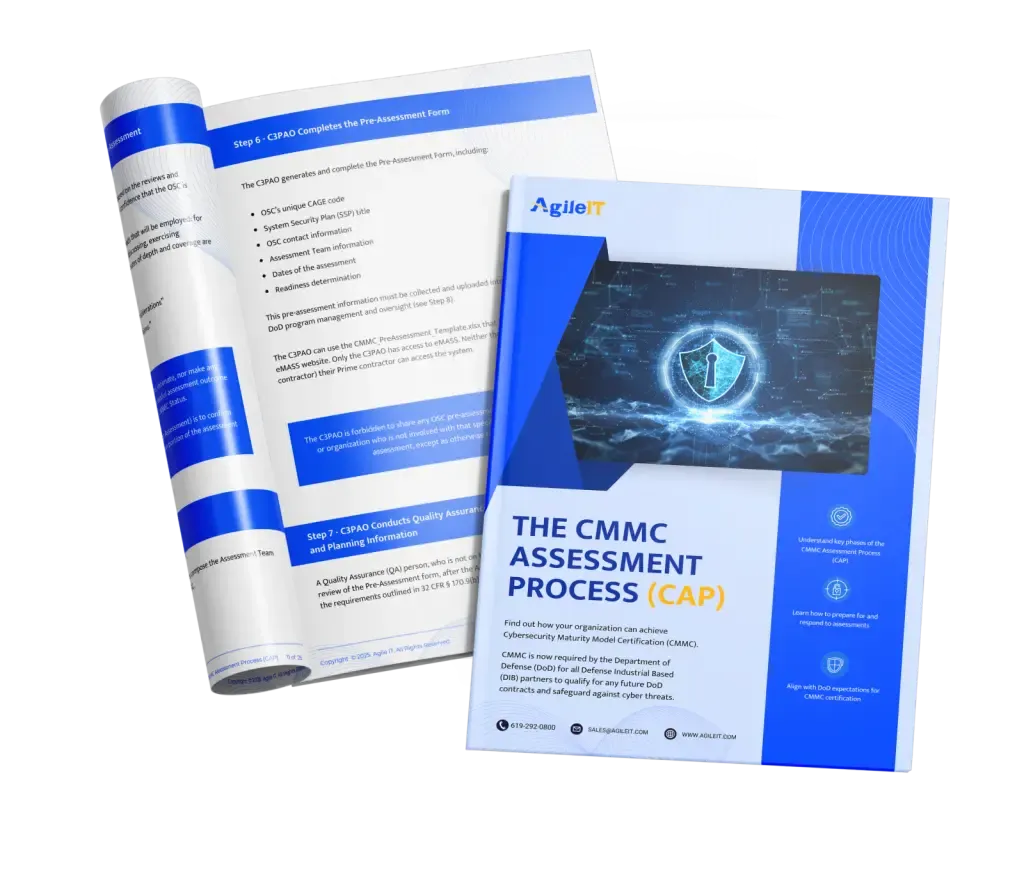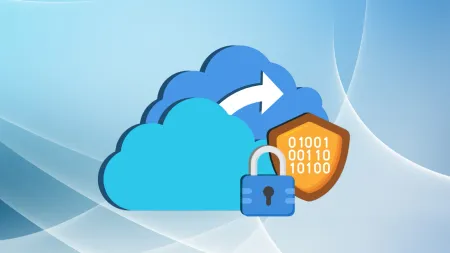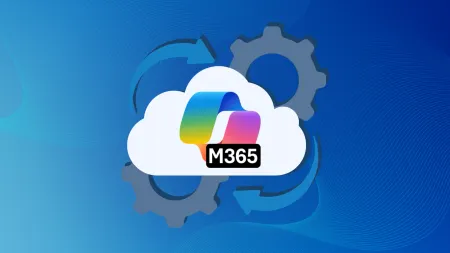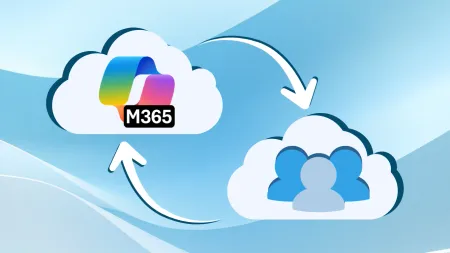NIST 800-53 vs. NIST 800-171: What’s the Difference?
Understand the key differences and importance of NIST 800-53 and NIST 800-171, how they apply to agencies and contractors, and which framework your organization needs for compliance.

This is Post #1 of our NIST 800 Compliance Overview Series
Continue your migration journey with the next posts in the series:
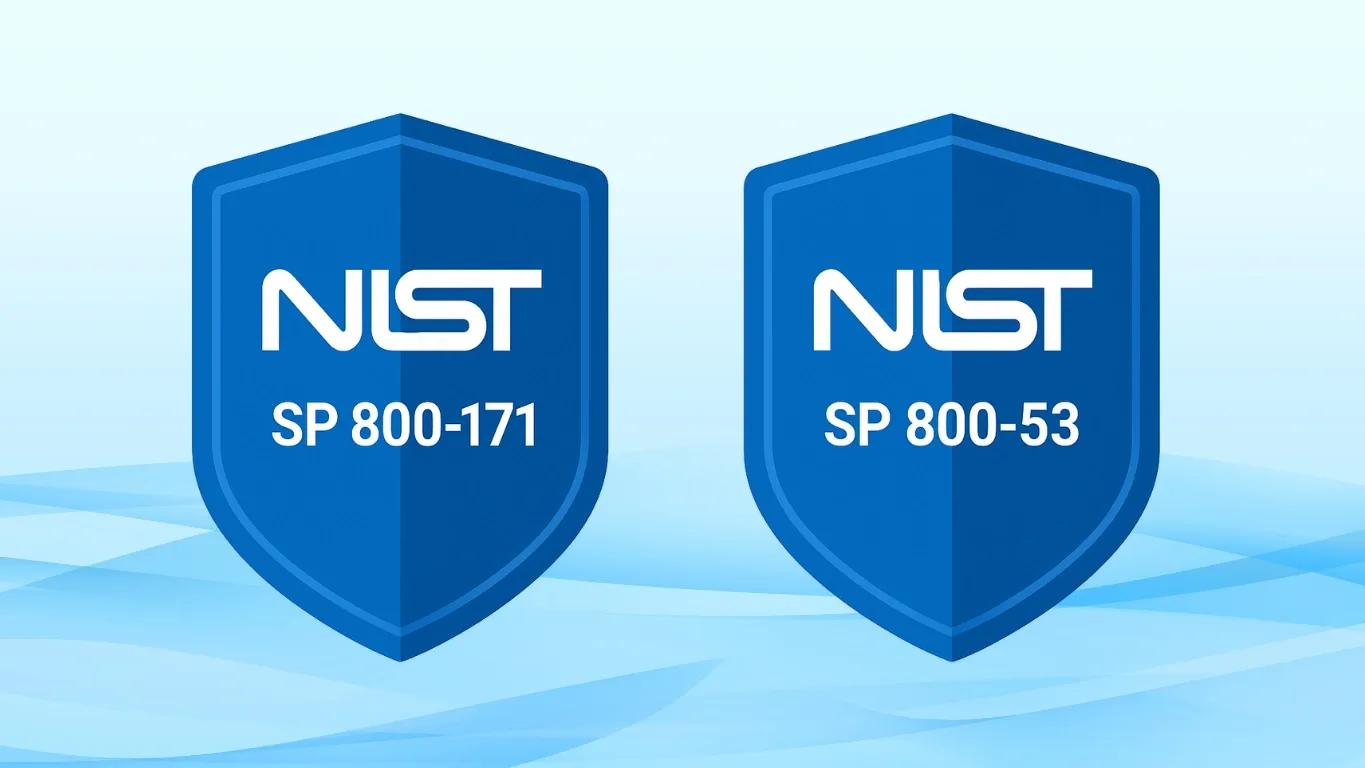
In today’s interconnected digital landscape, cybersecurity and compliance are the foundational pillars that determine an entity’s operational continuity, financial stability, and public trust. Frameworks established by the National Institute of Standards and Technology (NIST) serve to provide standardized, non-regulatory guidance and resources to help organizations, especially federal agencies and their partners, effectively manage cybersecurity risk.
NIST 800-53 is a comprehensive, risk-based set of security and privacy controls required for federal agencies under FISMA. NIST 800-171, derived from 800-53, defines a streamlined set of requirements specifically for federal contractors and subcontractors to protect Controlled Unclassified Information (CUI). While interconnected, 800-53 applies to federal systems, whereas 800-171 applies to non-federal organizations handling CUI.
What is NIST 800-53, and why is it important?
The NIST is a non-regulatory agency of the U.S. Department of Commerce responsible for developing and issuing standards, guidelines and best practices to help organizations, including governmental agencies and private sector businesses, manage and reduce cybersecurity risks. Some of its widely known contributions to cybersecurity are the NIST Cybersecurity Framework (CFS) and the Special Publication (SP) 800-series.
NIST 800-53 was designed for those with access to federal information systems. Required for compliance under the Federal Information Security Management Act (FISMA), it covers all types of federal systems, including classified. Grouped into 20 families, over 1000 specific rules concerning access control measures, auditing, and risk management make up a complete handbook for information security. It specifies what to do and how to do it in terms of cybersecurity.
Examples of organizations that must comply with 800-53 include:
- Federal agencies such as OSHA, the FDA, the FTC, and CPSC
- Federal contractors with access to Federal Information Systems
- Governmental grantees
- Some federal service providers
- Federal financial institutions
- State and local governments that manage federal programs such as Medicare/Medicaid and Unemployment Insurance
- Some federally funded research institutions
Special Publication 800-53 establishes the gold standard for federal information security and forms the foundation for many other frameworks. Non-compliance can lead to heavy penalties for companies processing federal information.
What is NIST 800-171, and why is it important?
NIST 800-171 concerns non-federal organizations that handle Controlled Unclassified Information (CUI). Although not considered top-secret classified information, this data is still sensitive and must be safeguarded to protect national interest. Primarily affecting contractors who work with governmental agencies, NIST 800-171 provides a framework for keeping this government data safe from cyberthreats.
The NIST 800-171 framework affects a wide variety of federal contractors and subcontractors who handle CUI on behalf of federal agencies, such as:
- IT Service Providers
- Defense Contractors
- Financial Institutions
- Research Institutions
- Healthcare Providers
- Legal and Accounting Firms
- Consulting Firms
- Federal Grant Supported Educational Institutions
- Government Service Providers
NIST 800-171 ensures sensitive government data is kept secure and protected when handled outside federal systems. To be considered for government contracts, organizations must become fully compliant as mandated by Defense Federal Acquisition Regulation Supplement (DFARS) 252.204-7012 and CMMC (Cybersecurity Maturity Model Certification) Level 2. Contractors who fail to comply risk losing Department of Defense contract.
The Key Differences Between NIST 800-53 and NIST 800-171
The difference between NIST 800-53 and NIST 800-171 comes down to what is being protected and from whom. Both frameworks apply to organizations that handle government data, but NIST 800-53 covers organizations with access to federal systems. NIST 800-171 applies to contractors and other non-federal organizations that handle CUI.
NIST 800-53
Covering security controls for federal systems as a whole, NIST 800-53 provides comprehensive security for federal information systems. With a sole federal focus, it only targets organizations within the federal information ecosystem. The publication has over 1,150 controls in 20 families for comprehensive and detailed security controls.
Control families include:
- Access control
- Assessment, authorization, and monitoring
- Awareness and training
- Audit and accountability
- Contingency planning
- Configuration management
- Incident response
- Identification and authorization
- Media protection
- Maintenance
- Personnel security
- Physical and environmental protection
- Planning
- Program management
- PLL processing and transparency
- Risk assessment
- Systems and communication protection
- System and services acquisition
- System and information integrity
- Supply chain management
Security controls in this framework are grouped into three different baselines for systems with low, moderate, and high-security impact. Supplementary publication 800-53B contains detailed tables showing which controls are part of which baseline.
NIST 800-171
Special Publication NIST 800-171 focuses on the security requirements for organizations that handle CUI on non-federal systems. Tailored for defense contractors and subcontractors, it targets those dealing with CUI on behalf of the federal government. The guide consists of 110 controls organized into 14 families.
Control families include:
- Awareness and training
- Access control
- Audit and accountability
- Configuration and management
- Incident response
- Identification and authentication
- Media protection
- Maintenance
- Personnel security
- Physical protection
- Risk assessment
- Security assessment
- System and information integrity
- System and communications protection
Because the security requirements for NIST 800-171 are derived from the moderate control baseline of NIST 800-53, NIST 800-171 is essentially a subset of NIST 800-53.
When to Use NIST 800-53 vs. NIST 800-171
Intended users of NIST 800-53 are federal and non-federal organizations with access to federal information systems. Organizations that access those systems must comply with NIST 800-53, even if they aren’t a government agency. NIST 800-171 applies to non-government organizations who have a contract with the federal government to handle, store, and process CUI on their own networks. Compliance is not optional for those handling CUI under the DFARS.
In order to achieve and maintain compliance, you must follow the requirements that apply to your organization. Failure to do so can result in a loss of contract, legal and financial penalties, and reputational damage.
The Roles of NIST 800-53 and NIST 800-171 in CMMC and DFARS
Both NIST 800-53 and NIST 800-171 are foundational to the cybersecurity compliance required by CMMC and DFARS for defense contractors. NIST 800-171 is the specific standard mandated by DFARS and verified by CMMC for protecting CUI. It is derived from the comprehensive catalog, NIST 800-53.
To ensure compliance, reduce risk, and protect your government contracts, you must thoroughly understand your federal and non-federal obligations. A partner like Agile IT can help you navigate NIST requirements to make sure you remain in compliance.
Contact us to speak with one of our compliance experts today.
